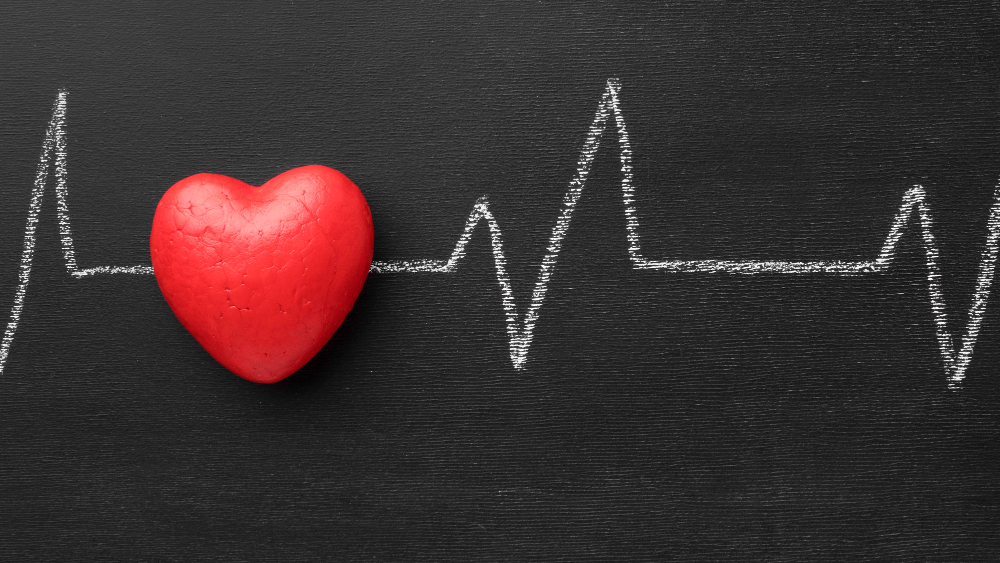The concept of vital signs is fundamental in healthcare, providing essential indicators of a person’s overall health and well-being. Traditionally, vital signs have included measurements such as temperature, blood pressure, pulse rate, and respiratory rate. However, in recent years, there has been increasing recognition of the importance of an additional vital sign known as the fifth vital sign. In this article, we’ll delve into the significance of the fifth vital sign, its role in healthcare, and why it’s gaining attention as an essential component of patient assessment and care.
A Foundation for Monitoring Health
Before we explore the fifth vital sign, let’s briefly review the traditional vital signs that have long been used as indicators of physiological function. These include temperature, which reflects the body’s internal heat balance; blood pressure, which measures the force of blood against the walls of the arteries; pulse rate, which indicates the heart rate and rhythm; and respiratory rate, which measures the number of breaths per minute. These vital signs provide valuable insights into a person’s cardiovascular, respiratory, and metabolic health.
Pain as a Vital Indicator
The fifth vital sign, often referred to as pain, represents a significant departure from the traditional physiological measurements. Pain is a complex and subjective experience that can vary widely from person to person and can be influenced by factors such as culture, emotions, and previous experiences. Despite its subjective nature, pain is now recognized as an essential vital sign that provides valuable information about a person’s physical and emotional well-being.
Understanding the Patient Experience
Pain assessment is critical in healthcare settings for several reasons. Firstly, pain is often a primary reason why individuals seek medical attention, and effective pain management is essential for promoting comfort and facilitating recovery. Additionally, uncontrolled pain can have profound physical and psychological effects, including impaired mobility, decreased quality of life, and increased risk of complications. By assessing and addressing pain promptly, healthcare providers can improve patient outcomes and enhance the overall quality of care.
Navigating Subjectivity and Complexity
Assessing pain presents unique challenges due to its subjective nature and the diverse ways in which individuals experience and express it. Pain assessment tools, such as numerical rating scales, visual analog scales, and descriptive scales, are commonly used to quantify and document pain intensity and characteristics. However, these tools may not capture the full complexity of pain, particularly in populations with communication barriers or cognitive impairments. Healthcare providers must employ a holistic and individualized approach to pain assessment, taking into account factors such as cultural background, cognitive function, and nonverbal cues.
Empowering Individuals to Voice Their Pain
In recent years, there has been a growing emphasis on patient-centered care and the importance of empowering individuals to participate actively in their healthcare decisions. This includes encouraging patients to communicate openly about their pain experiences and preferences for pain management. By fostering a collaborative relationship between patients and healthcare providers, patients can feel more engaged in their care and have their needs and concerns addressed in a timely and respectful manner.
Innovations in Treatment Approaches
Advancements in pain management have led to a greater understanding of the underlying mechanisms of pain and the development of more effective treatment approaches. These include pharmacological interventions such as analgesic medications, non-pharmacological interventions such as physical therapy and acupuncture, and complementary therapies such as mindfulness and relaxation techniques. Additionally, interdisciplinary pain management programs that incorporate a holistic approach to care, addressing physical, emotional, and psychosocial aspects of pain, have shown promise in improving patient outcomes and quality of life.
Embracing Pain as the Fifth Vital Sign
In conclusion, pain is increasingly recognized as a vital sign that provides valuable insights into a person’s overall health and well-being. By assessing and addressing pain promptly and effectively, healthcare providers can improve patient outcomes, enhance the quality of care, and promote a patient-centered approach to healthcare delivery. Moving forward, it is essential to continue advocating for the recognition of pain as the fifth vital sign and to prioritize comprehensive pain assessment and management in clinical practice. By doing so, we can ensure that individuals receive the compassionate and holistic care they deserve.




